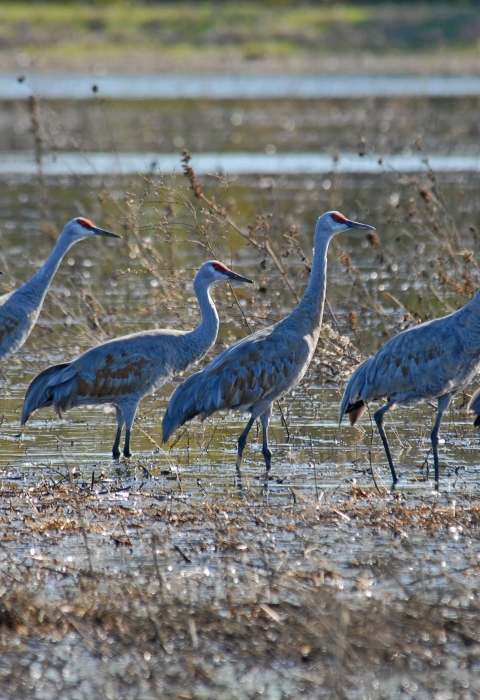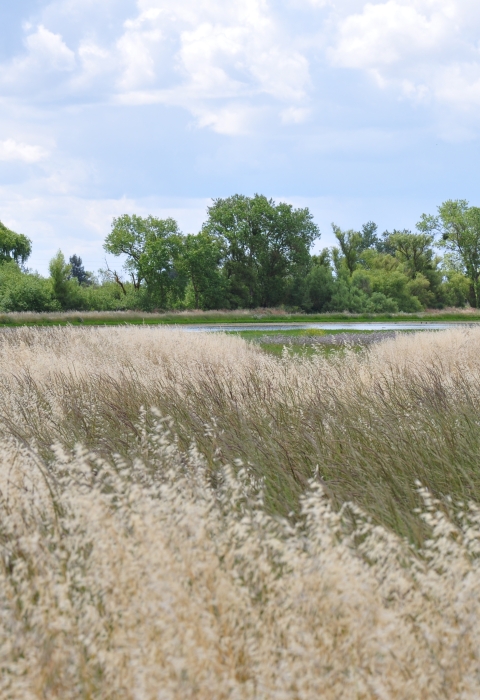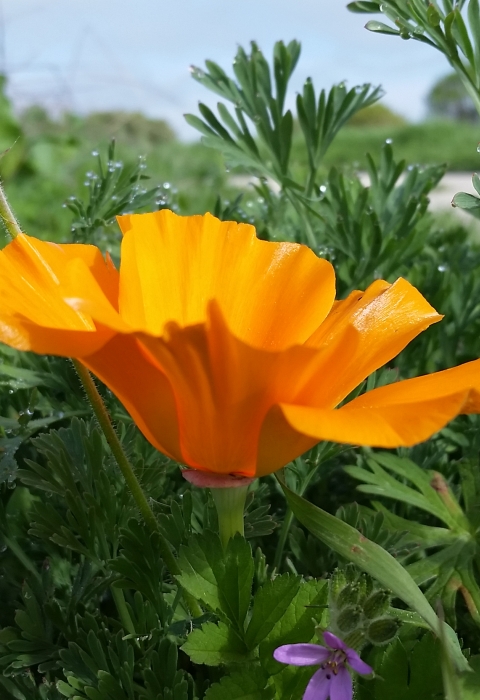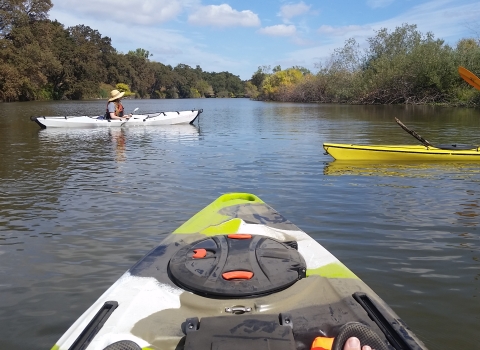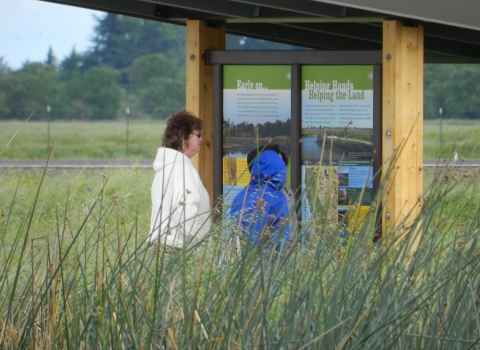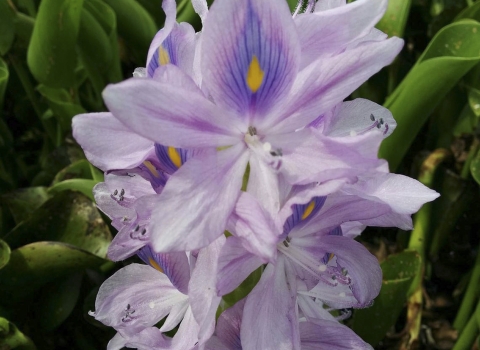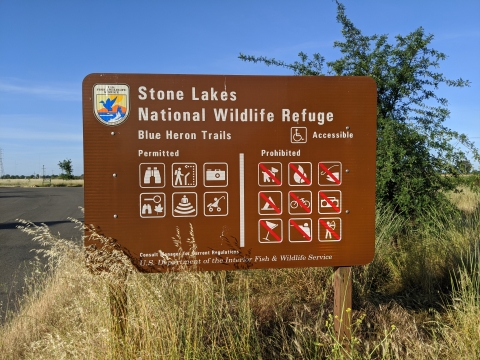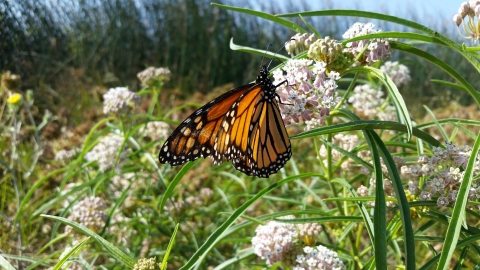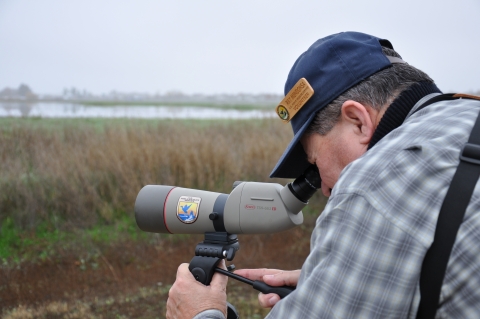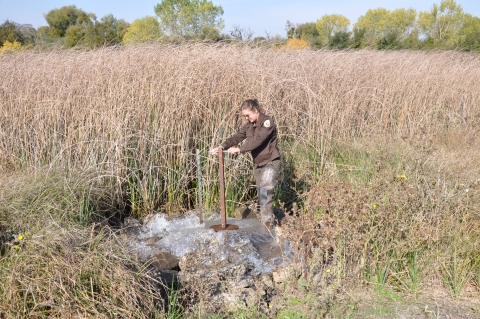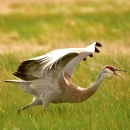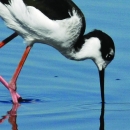Visit Us
Welcome to Stone Lakes National Wildlife Refuge, an urban wildlife refuge located in the heart of the Central Valley outside Sacramento. Established in 1992, the refuge manages Central Valley habitat for both local and migratory wildlife; it also serves as a flood detention basin right outside the city limits. Please enjoy the many recreational opportunities at the refuge throughout the year, from nature walks to waterfowl hunting. Be safe, have fun, and come learn something new about your wild neighbors. NO dogs/pets.
Location and Contact Information
About Us
Established in 1992, Stone Lakes National Wildlife Refuge is an urban refuge located 10 miles from downtown Sacramento sandwiched between the city of Elk Grove and agricultural lands. Conserving and enhancing Central Valley habitat and wildlife, the refuge hosts a variety of Central Valley habitats including grassland, permanent and seasonal wetland, oak forest, and freshwater slough and lakes. Year-round and seasonal public use activities include the free environmental education site Blue Heron Trails, docent guided walks, wildlife viewing paddle program, and a waterfowl hunting program. In addition to these activities, the refuge also hosts numerous school environmental education field trips and habitat restoration projects.
Tours
Throughout fall to spring, learn about the refuge on a free docent guided walk or paddle tour. This is a great opportunity to enjoy the migratory birds and learn about your wild neighbors in normally restricted areas. Be sure to bring your binoculars and camera, as you'll get a chance to see some refuge favorites up close. These include sandhill cranes, shorebirds, raptors and many species of waterfowl. Docent guided walks and paddle tours meet at a specified locations and times listed on the Tours page. Other special RSVP walks with limited space are offered in various locations. Most tours generally meet early in the morning and go through a gate that gets locked, so be sure to be on time!
What We Do
The staff and partners at Stone Lakes Refuge work year-round maintaining and enhancing the refuge lands and programs for both the wildlife and community, including wildlife monitoring, managed wetlands and waterways, habitat restoration, invasive species invasive species
An invasive species is any plant or animal that has spread or been introduced into a new area where they are, or could, cause harm to the environment, economy, or human, animal, or plant health. Their unwelcome presence can destroy ecosystems and cost millions of dollars.
Learn more about invasive species control, grazing, agriculture, and prescribed burns. Please help the refuge maintain a safe visitor experience by following the rules and regulations.
Our Species
The diverse habitats of Stone Lakes National Wildlife Refuge are home to over 200 species of birds and numerous other fish and wildlife species. The refuge is located in the heart of California’s Central Valley along the Pacific Flyway. When combined with neighboring natural areas, it is part of a vast landscape corridor that serves as a sanctuary for many resident and migratory fish, wildlife, and plant species.
Our Library
Brochures, Publications and Forms for Stone Lakes National Wildlife Refuge
